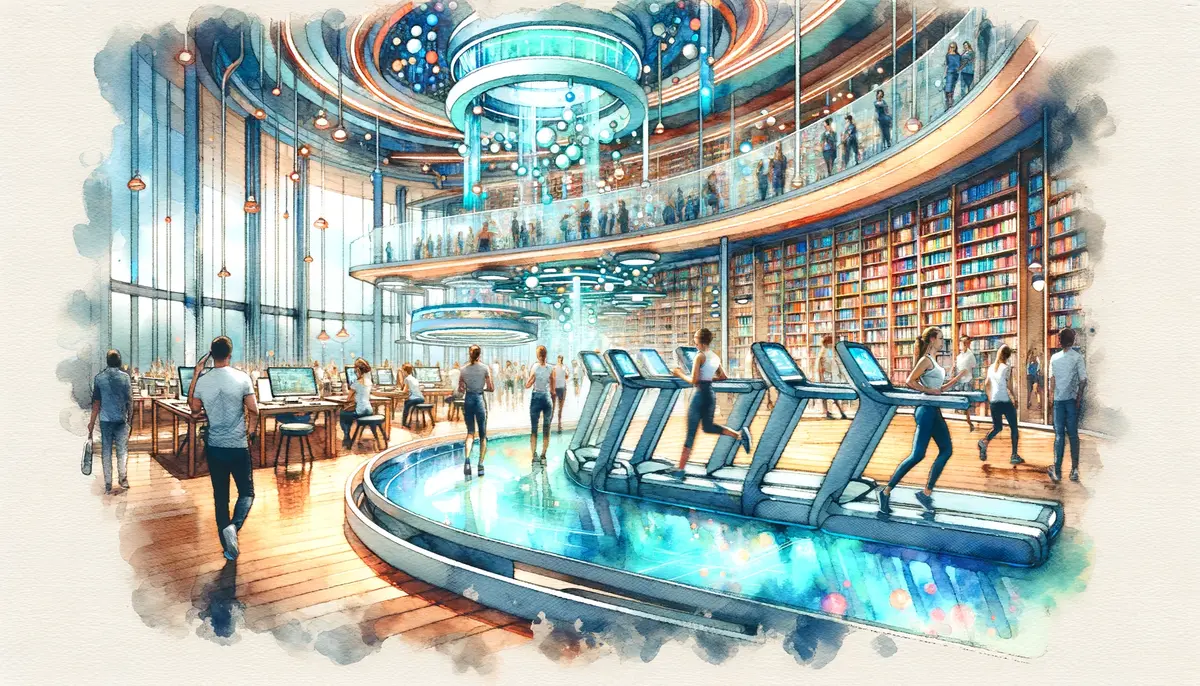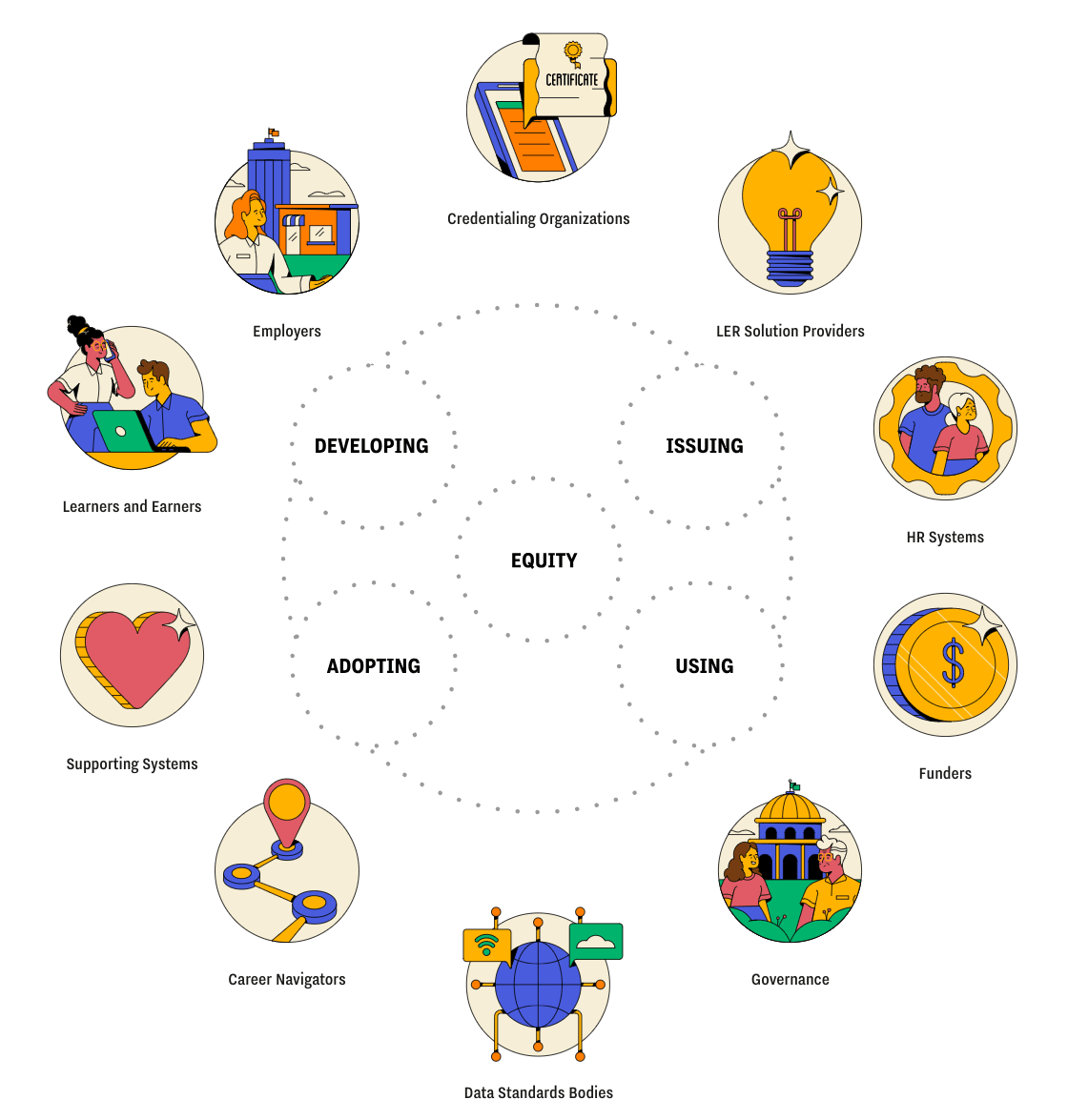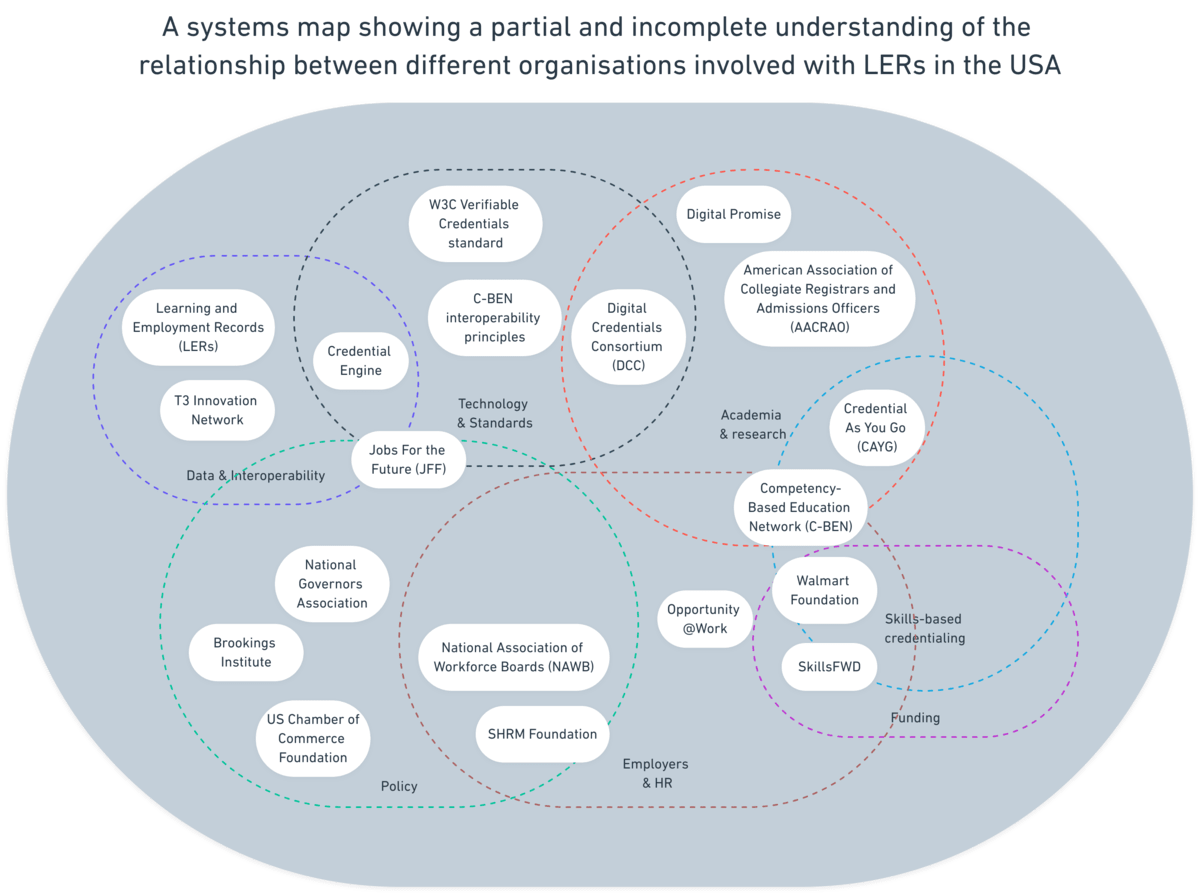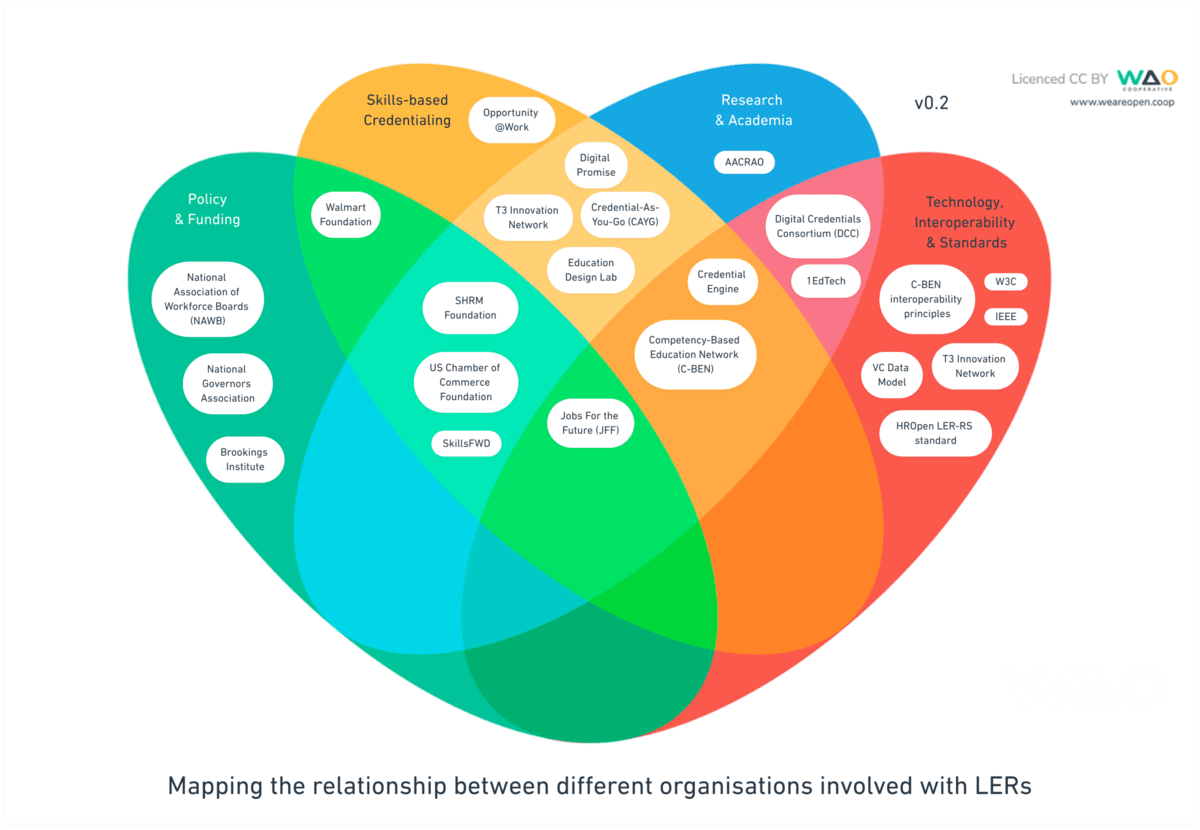Weeknote 10/2024
What the crowd requires is mediocrity of the highest order.
Auguste Préault

Unless I’m on holiday, I hardly ever take photos any more. I’m not sure why that is. So, instead, I’ve asked DALL-E 3 to create an image based on this post. Note the woman running the wrong way on the treadmill.
AI is weird; I should take more photos.
We’re getting towards the time of the year when I start to actually have some energy to do new things. No longer in need of my SAD lamp to provide brightness to my day, I transition to a mode which I consider to be my default, but which only really lasts between March and September. Which pretty much coincides with hayfever season for me. Weird.
This week, Laura‘s been away so I’ve been working with John and Anne, but mainly alone. I forget that, for many people based at home who don’t co-work on a daily basis, this is ‘normal’ behaviour. John and I did some preparation for end-of-year finances, as our co-op celebrates its founding on May 1st (International Workers Day) and so we align our financial year with that. Anne and I ran a Community Conversations workshop, recorded a shorter version for those who couldn’t make it, and then embedded the video into a blog post entitled The Power of Community Knowledge Management.
Anne and I also carried out another user research interview for Participate, I had chats with a few people, and gave feedback on potential updates to the LER Ecosystem Map. The latter was also the focus of some of my MSc work this week, and I created first a systems map, and then updated my post to include an ‘audience ikigai’ style map. Both are incomplete, subjective, and currently only partially useful.
I’m learning more about Critical Social Learning Systems (CSLS) at the moment, and wrote the following while studying in the library:
- Reading about Critical Social Learning Systems (CSLS)
- Key concepts in Critical Social Learning Systems (CSLS)
- Bawden and transforming worldviews
Outside of work and study, I went to a local climate action reading group meeting and wrote up some thoughts. I ran every other day, still on the treadmill as it’s too cold/wet outside at the moment. I’ve gone back to making my Strava activities private, partly because it was getting a little too performative, and partly because I read Audrey’s post on un-tracking. Ironically enough, although I don’t intend to ditch my Garmin smartwatch any time soon, I did accidentally leave it charging when I went to the gym this morning.
Over on Thought Shrapnel, I published a bunch of things, but will draw your attention to one called Hope vs Natality. It’s a follow-up to the one I wrote after going to the climate action reading group, and is in response to reading an article in Aeon suggested by Will Richardson. I’ve just realised that I started following Will’s work over two decades ago now. I’m old.
Talking of following people’s work, this week I came across the portfolio/blog of Pascal Wicht, a “strategic designer, creative director, field researcher, futurist and teacher”. There are enough overlaps between our work and lives for me to find Wicht’s work deeply fascinating, and so I spent a good amount of time rabbitholing. He’s currently got access to an alpha of Midjourney 6, and has produced some incredible images around what he calls post-Holocene habitat systems.
It’s Mother’s Day today, so I’ll be going around to see mine later with a card and some flowers. I’ve also bought her a brand-new-second-hand Kindle, as it turns out she was still using the Kindle Keyboard 3G that I passed on to her ages ago. It’s stopped charging. Happy Mothering Sunday also to my wonderful wife, Hannah, who I made breakfast in bed this morning. We had to get up early to leave in for my daughter’s football match. Once we were completely ready, it was called off due to the rain 🙄
Next week, I’m hoping that we start planning our next in-person WAO meetup. We’d considered aligning this with MozFest House in Amsterdam, as we did last year. However, now that the dates have been announced, that doesn’t work for Anne or for me, so we’ll need to make other plans. I fancy Barcelona. But then I always fancy Barcelona, as it’s a great city.
I’m meeting my MSc tutor on Wednesday which should just be a formality as I’m on-track for my End of Module Assessment (EMA). I’ve got quite a bit of a reading to do for my EMA, so I’m going to have to get cracking on that this week, too. Other than that, and selling some more stuff on eBay before we move house, it’s shaping up to be a pretty normal week.
Image: DALL-E 3




